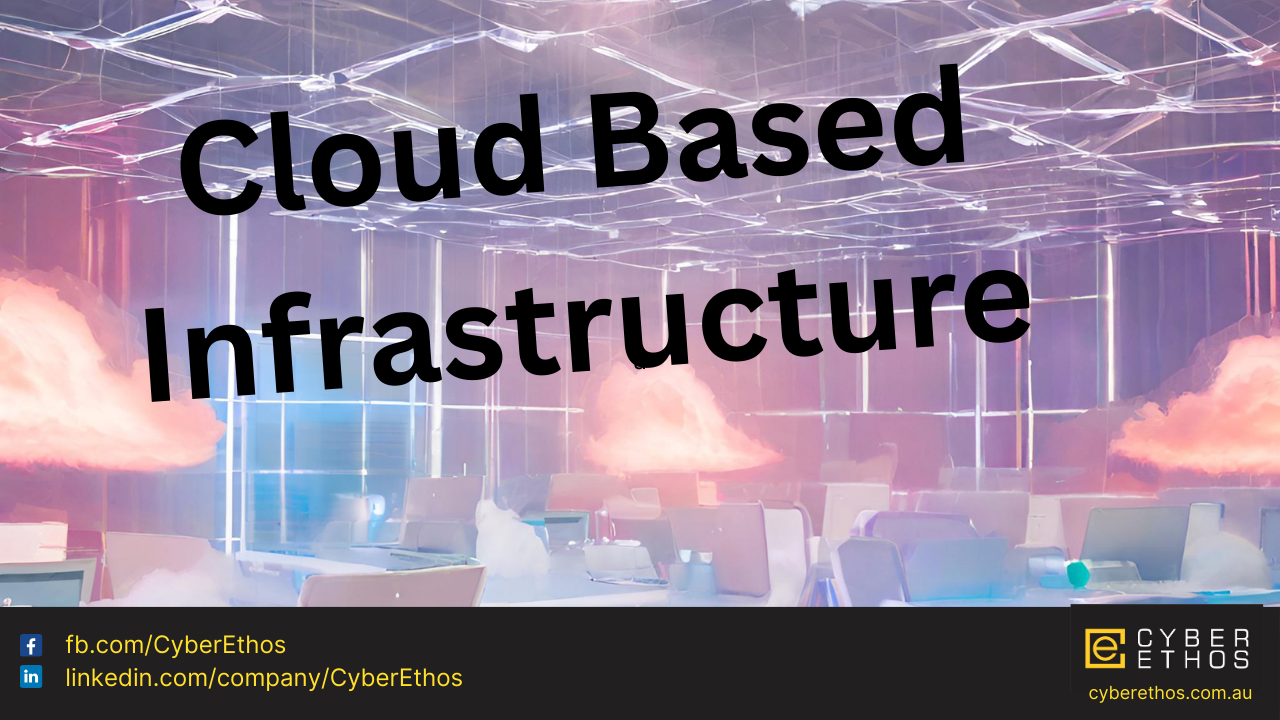Ensuring Cloud-Based Infrastructure and Data Security: Key Tips
Ensuring the security of your cloud-based infrastructure and data is essential, as more organizations
migrate their operations to the cloud. Here are key steps to help you secure your cloud environment:
Cloud Provider Selection:
Choose reputable and well-established cloud service providers with a strong track record of security and
compliance. Consider your specific needs and compliance requirements when selecting a provider.
Shared Responsibility Model:
Understand the shared responsibility model provided by your cloud service provider. It outlines the
division of security responsibilities between the provider and your organization.

- Identity and Access Management (IAM):
• Implement strict access controls and enforce the principle of least privilege (PoLP) to ensure that
users and services have the minimum level of access required.
• Use multi-factor authentication (MFA) for all user accounts, particularly for privileged accounts. - Data Encryption:
• Encrypt data at rest and in transit using industry-standard encryption protocols.
• Utilize encryption services provided by the cloud provider, such as AWS Key Management
Service (KMS) or Azure Key Vault. - Network Security:
• Configure security groups, network access control lists (NACLs), and virtual private clouds (VPCs)
to isolate and secure network traffic.
• Implement web application firewalls (WAFs) to protect web applications from attacks. - Regular Patching and Updates:
Keep all cloud-based resources, including virtual machines and containers, up to date with security
patches and updates. - Data Classification and Security Policies:
• Classify data based on sensitivity, and apply security policies accordingly. Implement data loss
prevention (DLP) measures to prevent data leaks.
• Establish clear policies for data retention and disposal. - Logging and Monitoring:
• Set up robust logging and monitoring systems to detect and respond to security incidents. Cloud
providers offer services like AWS CloudWatch, Azure Monitor, and Google Cloud Monitoring.
• Implement automated alerting for suspicious activities or unauthorized access. - Incident Response Plan:
Develop a comprehensive incident response plan specific to your cloud environment. Define roles and
responsibilities for handling security incidents. - Backup and Disaster Recovery:
Regularly back up critical data and ensure that backups are stored in separate locations. Test data
recovery processes to ensure they work effectively. - Vulnerability Management:
Conduct regular vulnerability assessments and penetration testing to identify and remediate weaknesses
in your cloud environment. - Container Security:
If using containerization technologies like Docker and Kubernetes, implement security best practices for
container image scanning, runtime protection, and orchestration security. - Serverless Security:
Apply security measures to serverless functions, including securing API Gateway and function invocation,
and monitoring for malicious activity. - Compliance and Regulations:
Ensure compliance with industry-specific regulations and data protection laws, such as GDPR, HIPAA, and
PCI DSS, by following cloud provider guidelines and best practices. - User Training and Awareness:
Continuously educate your team on cloud security best practices and the latest threats. - Third-Party Services and Marketplace Apps:
Be cautious when integrating third-party services and applications from marketplaces. Review their
security and permissions carefully. - Cloud Security Posture Management (CSPM):
Consider using CSPM tools to continuously assess and maintain a secure cloud posture. - Secure DevOps:
Implement security in DevOps practices, including security reviews in the development and deployment
pipeline. - Business Continuity and Disaster Recovery:
Plan for business continuity by establishing redundant cloud resources across different regions to ensure
service availability in case of failures. - Regular Security Audits and Assessments:
Conduct periodic security audits and assessments to evaluate the effectiveness of your cloud security
measures.
By implementing these measures, your organization can significantly enhance the security of its cloud
based infrastructure and data, helping to protect against cyber threats and data breaches. - Keyloggers: By recording a user’s keystrokes, keyloggers provide hackers access to private data including usernames, passwords, and credit card details.
- Botnets: A botnet is a network of compromised computers under the direction of a botmaster, or central server. Large-scale cyberattacks, such as Distributed Denial of Service (DDoS) attacks, frequently use them.
- Backdoors: Backdoors are covert access points or flaws that attackers knowingly leave behind in order to obtain access to a compromised system or network in the future.
- Fileless Malware: This type of malware doesn’t use conventional executable files; instead, it lives in system memory, making it difficult to find and delete.
- Mobile malware: There are many different varieties of malware that target mobile devices, such as smartphones and tablets, including mobile viruses, Trojans, and spyware that aim to infect mobile operating systems.
- Macroviruses: When a user opens an infected file, these viruses can run harmful code because they target the macro scripts in documents, spreadsheets, and other types of files.
- Polymorphic Malware: Polymorphic malware is difficult for antivirus programmes to identify because it alters its code or appearance each time it infects a new system.
- Multipartite malware :Multipartite malwarecombines traits from other malware subtypes, making it more nimble and challenging to eradicate.
- Firmware-level malware: gives hackers long-term control of a device by infecting the firmware of hardware parts like BIOS or UEFI.
- IoT malware: As the Internet of Things (IoT) has expanded, malware that targets smart devices, such as cameras and thermostats, has increased in frequency.
New malware types and attack methods appear frequently as a result of the ongoing evolution of malware. It takes current antivirus software, frequent software upgrades, and user awareness of potential dangers to protect your devices and networks against malware. In this, our cyber ethos team will help you to prevent this malware just contact us.
